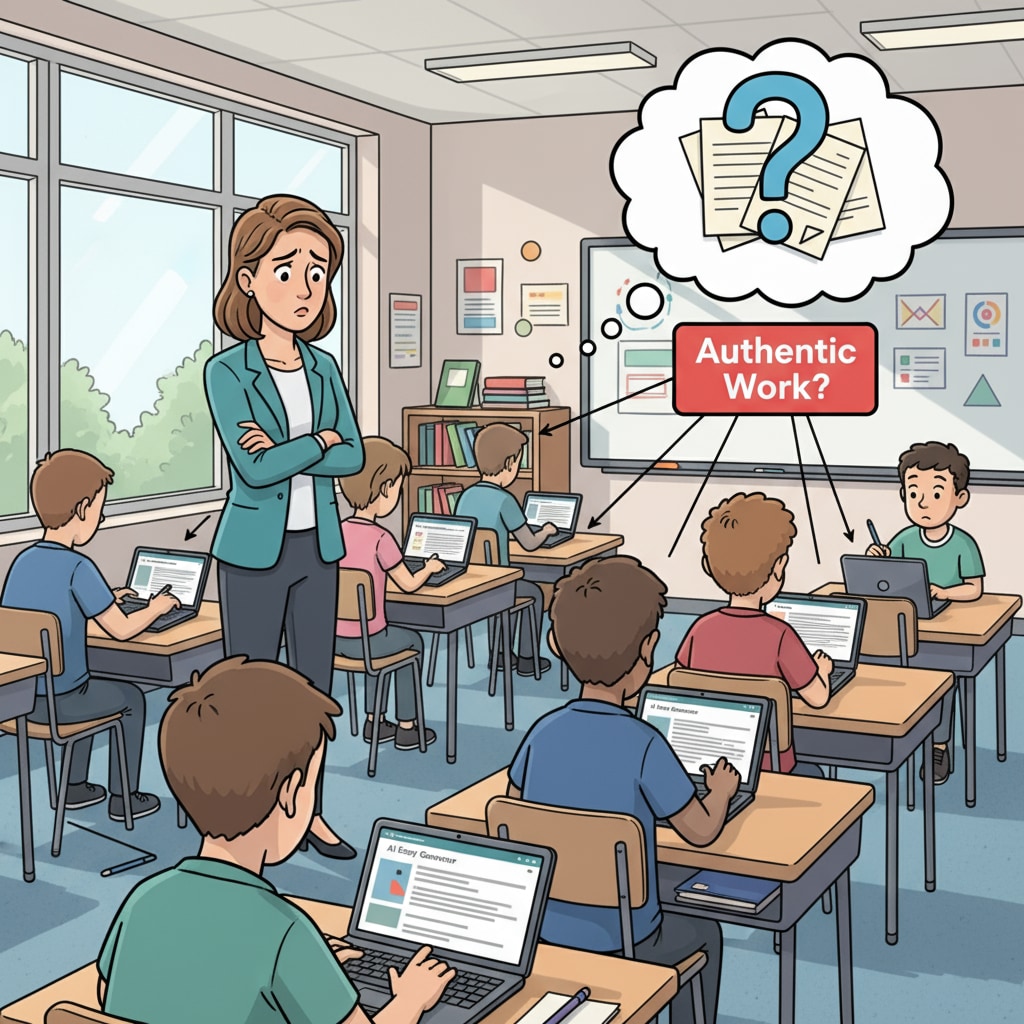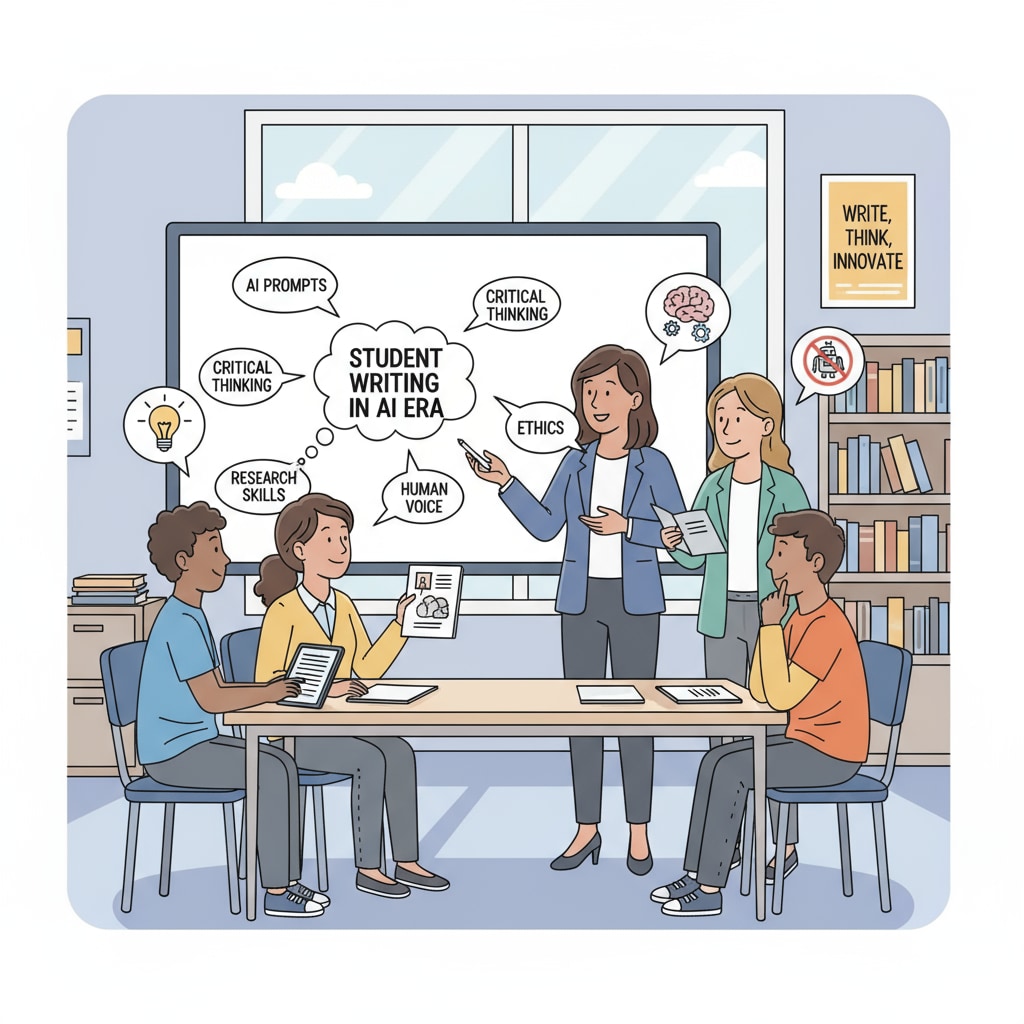In the age of artificial intelligence, the issues of student writing, assignment authenticity, and educational objectives have become intertwined in a complex web of challenges. The proliferation of AI technology has cast a long shadow over the K12 education landscape, particularly in terms of the authenticity of student assignments. Teachers are now grappling with a significant gap between students’ in-class performance and the quality of their homework, a disparity that often points to the use of AI for writing tasks.

This phenomenon not only undermines the integrity of the learning process but also poses a profound threat to the very essence of educational goals.
The AI-Assisted Writing Epidemic
The rise of AI writing tools has been nothing short of meteoric. Platforms like ChatGPT can generate well-structured essays, reports, and stories with remarkable speed and coherence. As a result, students are increasingly tempted to use these tools to complete their writing assignments. For example, a student who struggles with constructing a proper argument in an essay can simply input a topic into an AI writing tool and receive a polished piece within minutes. This ease of access has led to a surge in the number of assignments that may not reflect the true writing abilities of students. According to this EdSurge article, educators are noticing a disturbing trend of students submitting work that seems too good to be true, raising serious questions about assignment authenticity.

Challenges to Educational Objectives
The use of AI for student writing directly challenges the fundamental educational objectives. Writing is not just about producing a finished piece of text; it is a process of critical thinking, creativity, and self-expression. When students rely on AI to do their writing, they miss out on the opportunity to develop these essential skills. For instance, through the process of brainstorming ideas, organizing thoughts, and expressing them in a clear and concise manner, students learn to think independently and solve problems. But with AI taking over, this learning process is short-circuited. As stated in this NEA article, educational goals such as fostering creativity and critical thinking are being undermined by the misuse of AI in student writing.
The issue of assignment authenticity also has implications for assessment. Teachers rely on students’ written work to gauge their understanding of the subject matter, identify areas of strength and weakness, and provide targeted feedback. When the work is not an accurate reflection of the student’s abilities, the assessment process becomes flawed. This can lead to misinformed teaching strategies and a failure to meet the individual needs of students.
Readability guidance: The above paragraphs clearly explain the problems brought by AI in student writing. Each H2 has a corresponding explanation and an external link for more information. Transition words like ‘for example’ and ‘as a result’ are used to make the text flow smoothly.
To address this educational dilemma, educators need to take proactive steps. One approach is to redefine writing teaching in the AI era. Instead of focusing solely on the end product, more emphasis should be placed on the writing process. Teachers can design assignments that require students to document their thinking process, such as brainstorming sessions, outlines, and drafts. This way, it becomes easier to detect if a student has used AI to complete the final assignment. Additionally, educators can incorporate digital literacy lessons into the curriculum to teach students about the appropriate use of AI and the importance of academic integrity.
In conclusion, the era of AI has presented a significant challenge to student writing, assignment authenticity, and educational objectives. However, by recognizing the problem and taking appropriate measures, educators can navigate this new landscape and ensure that students continue to develop the skills they need for success in the 21st century.

It is essential that we find a balance between leveraging the benefits of AI technology and preserving the integrity of the educational process.


